


C. texana (i.e., those plants with open heads) is not the only Asteraceae species in Central Texas to exhibit a diurnal pattern. This would seem to be especially common in the Texas hill country among early spring bloomers with heads that last longer than a day; e.g., Chaetopappa asteroides, Tetraneuris scaposa, Erigeron modestus, Erigeron philadelphicus. The heads open during the course of the morning and close each evening. These are presented here viewed from the top and from below, showing the phyllaries.
| Chaetopappa asteroides | |
|---|---|
| early morning | mid-day |
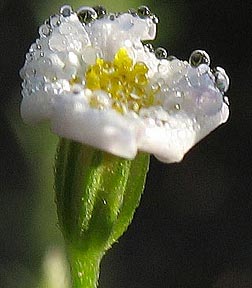
|
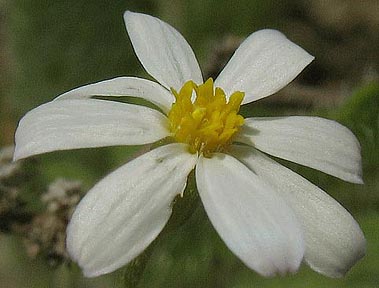
|
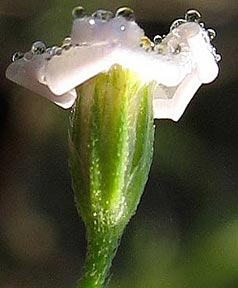
|
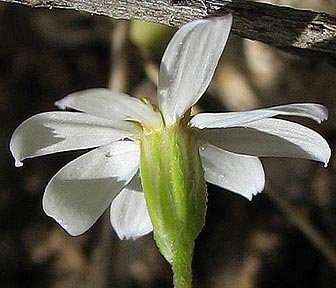
|
| Tetraneuris scaposa | |
|---|---|
| early morning | mid-day |
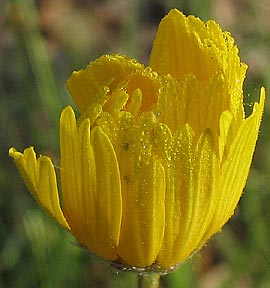
|
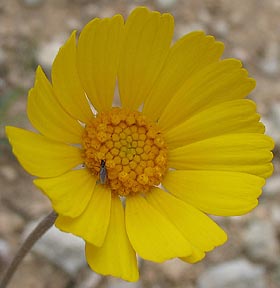
|
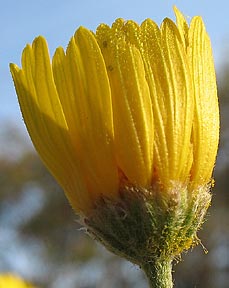
|

|
| Erigeron modestus | |
|---|---|
| early morning | mid-day |
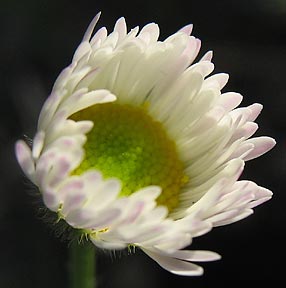
|
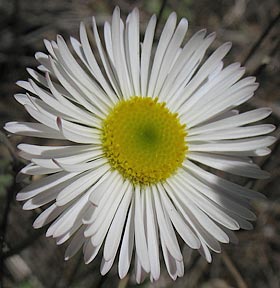
|
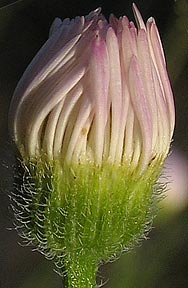
|

|
| Erigeron philadelphicus | |
|---|---|
| early morning | mid-day |
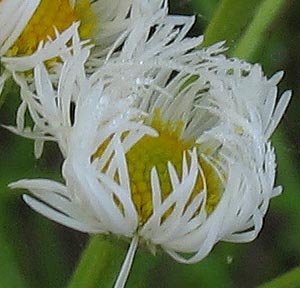
|
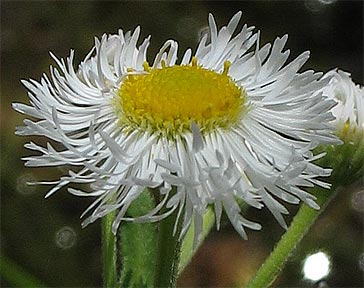
|
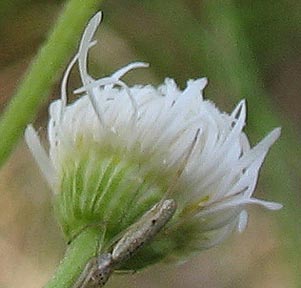
|
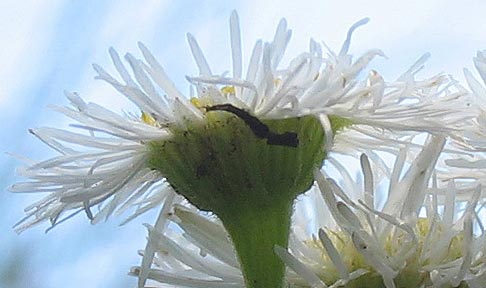
|
A first hunch was that this results from a sensitivity to light, which appears to be the case with other diurnal spring flowers such as Anemone heterophylla and Opuntia lindheimeri. One test was to enclose the plant in a black container (double pots to insure that holes in the top were covered) to see whether this might cause the heads to (begin to) close up. I tried this first with T. scaposa, from 11:15 to 12:45; and then with C. carduacea, from 1:30 to 3:30. Neither species exhibited any closure in response to being in the dark. With T. scaposa the heads almost seem to have opened a bit more. With C. carduacea, however, the various heads/peduncles do appear to have changed position while in the dark.
| 11:15 |  | 12:45 |
|---|---|---|
 |  |
| 1:30 |  | 3:30 |
|---|---|---|
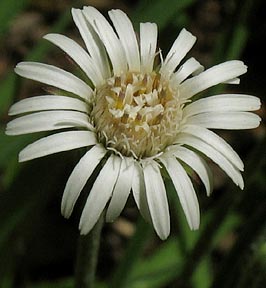
|

|
|

|

|